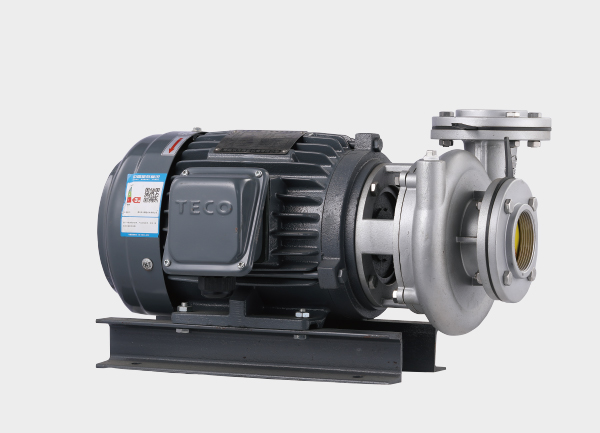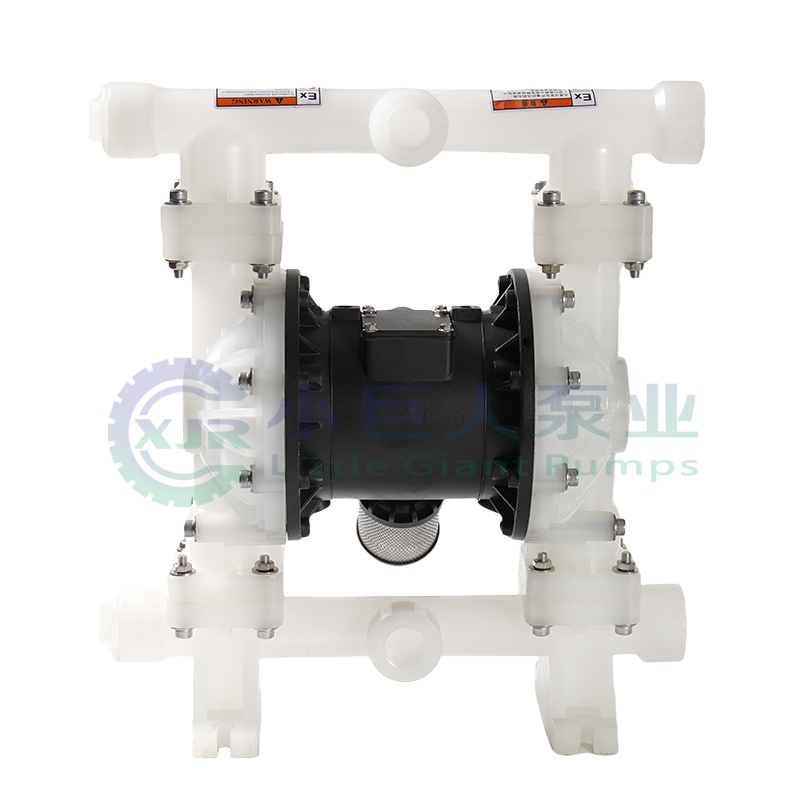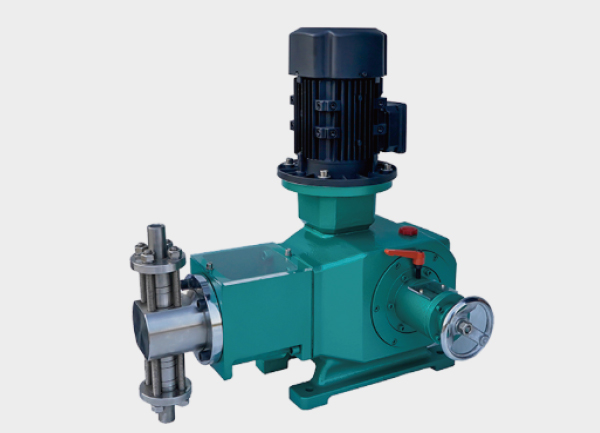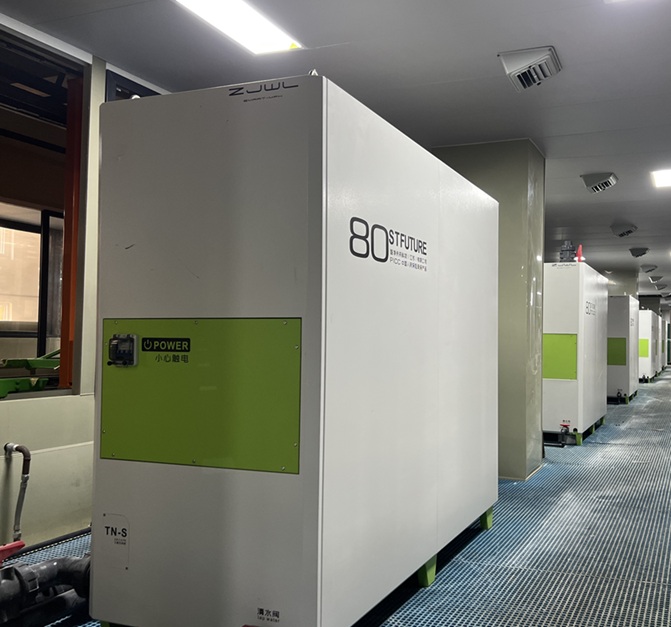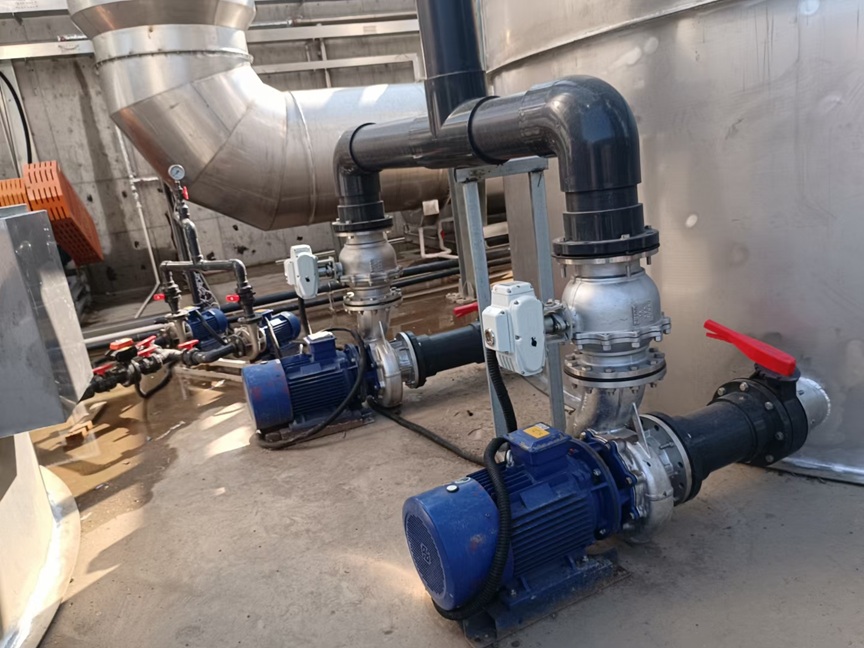In large-scale water treatment, chemical circulation, cooling systems, and environmental engineering, a core challenge often arises: how to efficiently, safely, and economically transfer massive volumes of liquid? This is where the large-flow plastic centrifugal pump stands out. With its unique combination of performance characteristics, it has become an indispensable “flow master” in numerous industrial processes.

I. The Engineering Secret Behind “Large Flow”: Fusion of Design and Power
Achieving large flow is not merely about a “bigger pump”—it relies on sophisticated engineering integration. Compared to standard centrifugal pumps, it breaks through limitations in two core dimensions:
1. Optimized Hydraulic Design: Efficiency at the Core
The heart of large-flow performance lies in the impeller and pump volute, refined through Computational Fluid Dynamics (CFD) simulations . Key design innovations include:
- Wide flow channels + large-diameter impellers: These structures “push” rather than “beat” liquid, minimizing turbulence and energy loss. Even at lower rotational speeds, they move more fluid, achieving higher transfer efficiency for the same power input and slashing energy costs.
- Guided energy conversion: The pump volute’s 蜗壳 – shaped channel gradually expands to convert the liquid’s kinetic energy into static pressure, while optional guide wheels (fixed bladed rings) align fluid flow direction, further boosting energy conversion efficiency .
2. High-Match Power System: Stable “Heartbeat”
Large flow output demands a robust drive system:
- High-performance motors: Selected for high power density and stable operation, these motors act as the pump’s “heart,” ensuring consistent head (pressure) even at flow rates of hundreds or thousands of cubic meters per hour.
- Load adaptation: The motor-pump matching is calibrated to avoid overload during peak flow, extending equipment lifespan while maintaining continuous operation .
II. Strategic Advantages of Plastic Materials: Beyond Corrosion Resistance
If large flow were the sole requirement, metal pumps might suffice. The true excellence of large-flow plastic centrifugal pumps lies in their wetted components (volute, impeller, seal faces) crafted from engineering plastics such as PP (polypropylene), PVDF (polyvinylidene fluoride), and PTFE (polytetrafluoroethylene)—dubbed the “king of plastics” . These materials deliver three revolutionary benefits:
1. Unmatched Corrosion Resistance: “Chemical Immunity”
Plastic’s inherent chemical stability outperforms ordinary metals by far:
- Broad media compatibility: It 耐受 s pH 0-14 full-range acids and alkalis, including 98% sulfuric acid, hydrofluoric acid, and strong oxidizers, as well as organic solvents like methanol and benzene .
- Long-term durability: A plating plant test showed that when 输送含 aniline media, plastic pumps had an 87% lower corrosion rate than stainless steel pumps and operated for over 3 years . For 98% sulfuric acid, they run continuously for 8,000 hours without leakage—far exceeding traditional metal pumps, which require seal replacement every 1,500 hours .
- Purity guarantee: Unlike corroding metal pumps that contaminate media with rust or ions, plastic’s inertness preserves liquid purity, critical for pharmaceutical, food, and electronic-grade fluid applications .
2. Lightweight & Cost-Effective: Whole-Life Economics
- Easier installation & maintenance: Plastic pumps weigh significantly less than same-spec metal pumps, reducing labor and equipment needs for on-site installation. Their modular design (e.g., standardized seals, bearings) simplifies maintenance and part replacement .
- Lower total cost: Plastic raw materials and manufacturing costs are typically lower than high-alloy metals (e.g., specialty stainless steel). Combined with longer service life and fewer repairs, they deliver superior life-cycle economics .
3. Superior Cleanliness: Residue-Free Operation
The smooth surface of engineering plastics resists media adhesion and residue buildup. This makes the pumps ideal for industries with strict hygiene requirements, such as pure water treatment, food processing, and pharmaceutical production—where even minor contamination is unacceptable .
III. Application Scenarios: The “Workhorse” Across Industries
Large-flow plastic centrifugal pumps prove their value in scenarios demanding both high throughput and harsh conditions:
| Application Field | Key Use Cases | Core Advantages Leveraged |
|---|---|---|
| Large-Scale Cooling Systems | Continuous circulation of cooling water for factory production lines and commercial building cooling towers | High efficiency, low energy consumption, corrosion resistance to additives |
| Wastewater Treatment | Lifting/transferring large volumes in pre-treatment (grit removal), neutralization, and discharge stages | Corrosion resistance to mixed acids/alkalis, anti-clogging flow channels |
| Chemical Processing | Circulation for large reactors, rapid transfer in acid/alkali tank farms | Inertness to strong corrosives, guarantees media purity |
| Seawater Desalination | Pre-treatment seawater conveyance | Resists chloride corrosion (avoids stainless steel rusting) |
| Food & Pharmaceuticals | Transfer of pure water, medicinal solutions, and food-grade fluids | Smooth surface, no residue, meets hygiene standards |
Conclusion
The large-flow plastic centrifugal pump is a masterpiece of “specialized tools for specialized tasks.” By merging high-efficiency hydraulic design with the unique properties of engineering plastics, it solves the industrial dilemma of transferring “large volumes of demanding fluids”—balancing efficiency, safety, and economy.
More than just a piece of equipment, it embodies modern industry’s pursuit of energy savings, environmental protection, and reliability. As the “flow master” in pipelines, it silently powers urban infrastructure and industrial production, ensuring the smooth circulation of liquids in countless critical processes.


